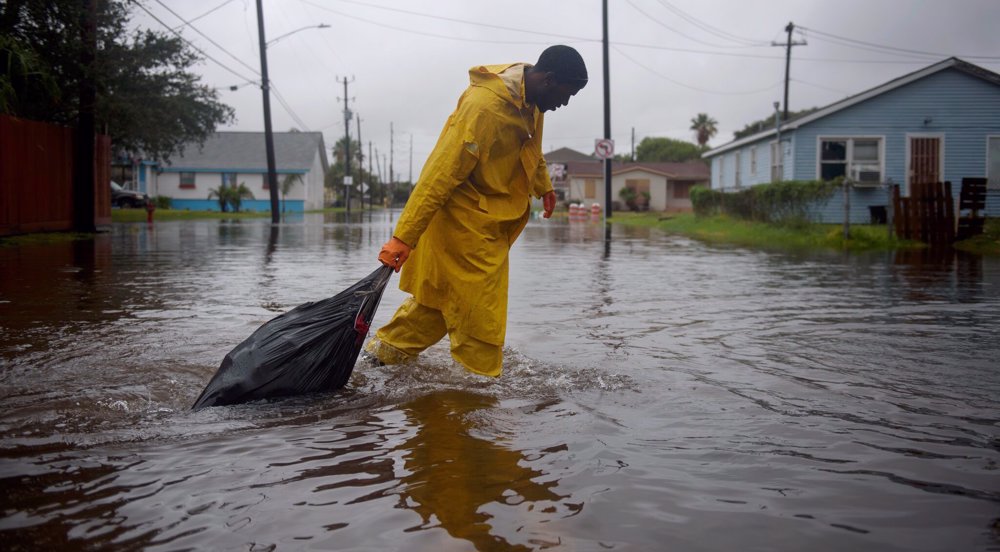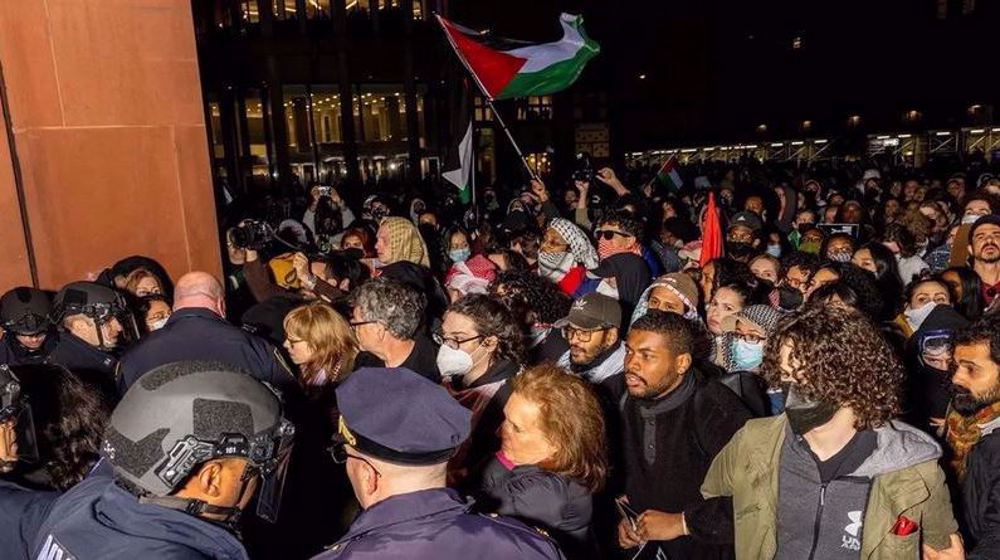250,000 without power as Nicholas soaks Texas, Louisiana
Nearly a quarter million customers in Texas and Louisiana have been left without power after the storm called Nicholas made landfall, threatening parts of the Gulf Coast with up to 20 inches of rain.
Nicholas strengthened to a Category 1 hurricane before making landfall overnight in the eastern part of Texas' Matagorda Peninsula with 75 mph winds, according to the National Hurricane Center. At 7 p.m. CT Tuesday, the storm had weakened to a tropical depression and was located 25 miles west of Port Arthur, Texas, with 35 mph winds.
So far, the storm has produced a 6-foot surge in Clear Lake, Texas, and 14 inches of rain in Galveston, and has the potential to cause life-threatening flash floods in the Deep South over the next few days the center said.
Houston's school district, the state’s largest, as well as others, canceled classes for Tuesday. The weather threat also closed multiple Covid-19 testing and vaccination sites in the Houston and the Corpus Christi areas, and forced the cancellation of a Harry Styles concert scheduled for Monday evening in Houston.
The storm will continue to bring heavy rain to the same area of the state that was hit hard by Hurricane Harvey in 2017. That storm made landfall in the middle Texas coast, and then stalled for four days, dropping more than 60 inches of rain in parts of southeast Texas. Harvey was blamed for at least 68 deaths, including 36 in the Houston area.
The center of Nicholas was expected to move slowly from southeastern Texas on Tuesday into storm-battered southwestern Louisiana on Wednesday. Just how slowly the storm moves is the main concern.
The storm is then expected to stall, with little movement anticipated on Thursday, according to a National Hurricane Center forecast.
Storms are moving slower in recent decades, and Nicholas could get stuck between two other weather systems, hurricane researcher Jim Kossin of The Climate Service said.
Nicholas is expected to bring the heaviest rainfall west of where Hurricane Ida slammed into Louisiana two weeks ago.
Lake Charles, which received minimal impact from Ida but saw multiple wallops from Hurricane Laura and Hurricane Delta in 2020, is also at high risk for flash flooding.
Louisiana Gov. John Bel Edwards declared a state of emergency Sunday night, ahead of the storm’s arrival in a state still recovering from Ida and Laura and historic flooding. On Monday, President Joe Biden approved the governor's request for an emergency declaration.
Lake Charles Mayor Nic Hunter urged residents to take the storm seriously.
“Hope and prayer is not a good game plan,” he said.
Southern Louisiana could also see tornadoes Tuesday, according to the NHC.
The storm is also expected to drop heavy rain on far southern Mississippi and far southern Alabama.
Nicholas is the fifth storm to rapidly intensify this hurricane season. Those types of storms are becoming more frequent due to climate change and warmer waters, according to meteorologists.
The United States has seen 14 named storms, including six hurricanes and three major hurricanes, in 2021.
Source: AP
VIDEO | Palestinians inspect rubble of destroyed building in Rafah
Yemeni forces strike US, Israeli vessels in fresh pro-Palestinian operations
‘Say no to Biden’: US college being pressed not to endorse genocide
VIDEO | UN: Alarming food insecurity crisis grips Afghanistan
VIDEO | Stuck in quagmire
UK suspends legal assessments of Israeli violations in Gaza
Students protest at US universities to urge end in financial ties to Israel
Biden signs war aid bill supplying Israel, Ukraine with more weapons










 This makes it easy to access the Press TV website
This makes it easy to access the Press TV website